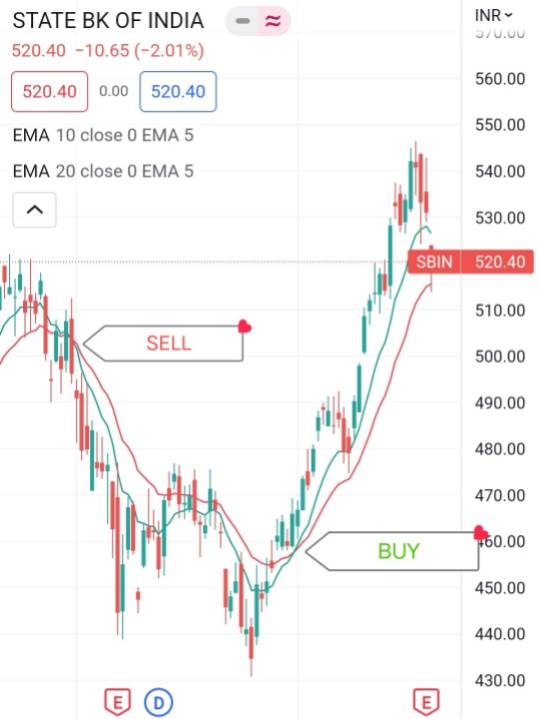We will discuss swing trading strategy in this article with an example. But before understanding the swing trading strategies, we should first know what Swing trading means.
What is swing trading?
Swing trading is generally defined as a strategy by which a trader takes smaller profits in a shorter time frame say 1-7 days or more but not more than a month. They also book loss when it comes to taking the loss as a stop-loss. But all in all, it is a strategy by which a person takes smaller profits overall which makes it a bigger profit commutative.
Why do Traders do Swing Trading?
Why do traders do swing trading? Let us understand it by an example. Suppose there are two persons who are a positional investors and one is swing trader. The person who is a positional investor invested 1 lakh rupees in different stocks in the year 2022. At the time the market was at around a 20% correction.
So whenever the market was going up, his stocks were also going up but some of the stocks but not going up. Even after the 10% up move in the market, the portfolio was up by 5%. Now the market has come to its highest point but the net profit in the portfolio is around 15%.
Now the person who was a swing trader, took this opportunity, and based on swing trading strategies he invested his money in those particular stocks which were supposed to give a higher return in a short period of time. In week one, he gained around 10% and in week two, he gain around 20%, and in week 3, he gained around 10%, and so on. By gaining this much profit which is around 70% profit in his portfolio.
I hope you understand now why people do swing trading. Now we will understand some of the basic swing trading strategies.
Swing Trading Strategies
1. Crossover Moving Average Strategy
There are many crossover moving average strategies available but traders choose the crossover moving average strategy according to their own perspective and their experience. Here we will guide you on how the traders take the trade on the basis of crossover moving strategy. We are not giving any strategy to trade but we are giving you the educational content on the basis of the crossover moving strategy.
- 5 day SMA / 20 day SMA
- 5 day EMA / 50 day SMA
- 10 day EMA / 20 day EMA
- 10 day EMA / 50 day EMA
- 15 day EMA/ 30 day EMA
- 15 day EMA / 150 day EMA
- 10 day SMA / 200 day SMA
- 50 day SMA / 200 day SMA
We will understand it by taking an example of one crossover moving average strategy.
10 day EMA / 20 day EMA
This crossover moving strategy is very effective and tells users the trend reversal very effectively and you can trail your stop loss according to this strategy.

The above chart is shown of State Bank of India on daily basis. We can clearly see that there was a sell on the stock when the price was at approximately 500. At that time 10 days ema crossed the 20 days EMA below and it was in buy condition when 10 days Ema cross 20 days Ema and it was around 455 price.
You may need to check the other crossover moving average Strategies and you can develop your own strategy based on your experience and knowledge in the market.
2. RSI Strategy
In this RSI strategy, if the RSI value is above 60 then it is considered an uptrend if the RSI value is between 40-60, then it is considered a sideways market and if the RSI value is below 40, then it is considered as a bearish market. It works on all time frames but follows the higher time frames. Multi-time frame analysis is necessary for getting a better trade.
3. MACD Crossover
MACD crossover strategy is one of the best swing trading strategies and many traders use it. It consists of two lines one is the MACD line and the other is the signal line. If the MACD line cross over the signal line, it indicates a buy signal, and traders take the buy trade over there. Whenever the signal line cross over the MACD line then it indicates a sell signal and many traders take sell trade over there.
There are many other swing strategies as well, we will keep updating this. If you use any other swing trading strategy, kindly comment down below. We will try to include that in the post.
What is Swing Trading?
Swing trading is generally defined as a strategy by which a trader takes smaller profits in a shorter time.
